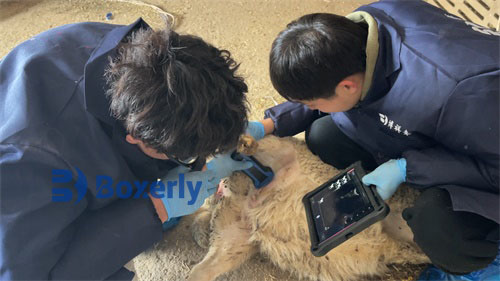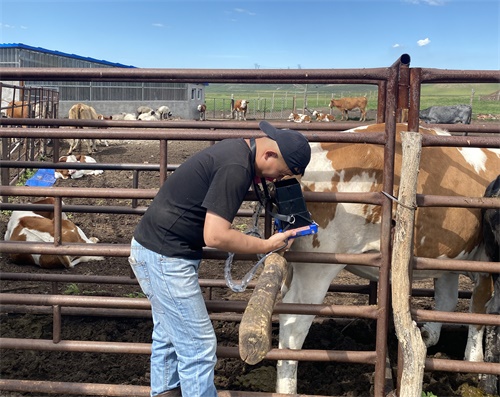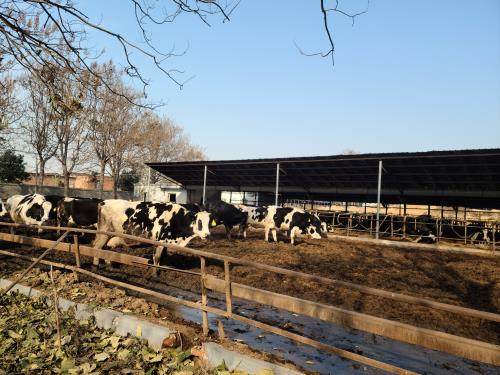Determining the pregnancy status of ewes is an important management practice, and using a B-ultrasound machine can provide important information to help your flock move forward. Determining whether the ewe is open or pregnant can help you quickly reproduce open ewes or eliminate them at the best financial time. In sheep farms, profitability largely depends on each ewe in the flock producing at least one lamb per year; Opening up ewes will not bring such profits, but it still requires significant investment. Non breeding ewes lose their lifetime production value and do not produce milk in the living room, thereby reducing the overall profitability of the business. In fact, it takes the income of 2 to 3 high-yielding ewes to cover the cost of maintaining an open ewe that is kept in the continuous production cycle of operation.
To prevent this cost to the sheep, producers are encouraged to conduct pregnancy checks on ewes during each breeding season. There are several methods to determine the pregnancy status of ewes. Each method has its own positive and negative impacts related to usage. Ewes need to be monitored every 17 days to observe them during standing estrus. If the ewe returns to estrus and is not pregnant, it needs to be reproduced or eliminated.
Boxiang uses B-ultrasound machine for sheep
The main method for measuring pregnancy in sheep is to use a sheep ultrasound machine to detect the pregnancy status of the ewe
Ultrasound can be expensive and requires trained technicians or veterinarians to operate the machine. One benefit of using this technology is the ability to determine the pregnancy status of ewes in early pregnancy, identify the number of lambs carried by ewes, and determine the gender and survival ability of each lamb.
By using a sheep ultrasound machine, the pregnancy status of the ewe can be determined 35 days after reproduction until lambing. If the ability to determine the number of lambs needs to be determined, the optimal time for ultrasound examination is 35 to 90 days after reproduction.
A relatively new and effective method for determining pregnancy status is the blood pregnancy test. Producers can collect blood samples from ewes and send them to the laboratory for analysis. Laboratory technicians use technology to detect proteins produced by the placenta during pregnancy. If protein is found in the sample, it confirms that the ewe is pregnant; If there is no protein in the blood sample, the producer can re breed the ewe.
Blood pregnancy testing can be a cost-effective and accurate alternative to palpation and ultrasound - manufacturers can collect samples themselves. When the ewe is identified as open, the test is proven to be almost 100% accurate. In some cases - also depending on the company - blood samples can be used for various tests, including sheep progressive pneumonia (OPP) and other serum based diagnostic tests. Conducting multiple tests at once can provide producers and their teams with more information, enabling them to make more informed management decisions.








